In a world ruled by Facebook, TikTok, Twitter (now X, apparently), Snapchat, and Instagram, the social media kingdom wasn’t always this elite squad.
In a world ruled by Facebook, TikTok, the artist formerly known as Twitter (now X, apparently), Snapchat, and Instagram, the social media kingdom wasn’t always this elite squad. It turns out there was a time when other platforms tried to join the party, only to be fashionably ghosted, much like the recent saga of Omegle.
Let’s take a stroll down memory lane and reminisce about the OG social media platforms-the ones that once stood tall but eventually had to pack up their virtual bags. Think of it as a reunion for the fallen stars of the social media galaxy:
“10 Social Media Platforms That Pulled a Houdini Act”
1. Orkut
After a comedic misfire in trying to snag Friendster, Google threw its hat into the social media ring and birthed Orkut in 2004-a virtual watering hole for people to collect friends and toss around digital content like it was confetti. It was a playground where users could peruse profiles, rate their pals, toss them onto lists, and dish out likes on posts. At its zenith, Orkut had a whopping 300 million users scattered across the globe.
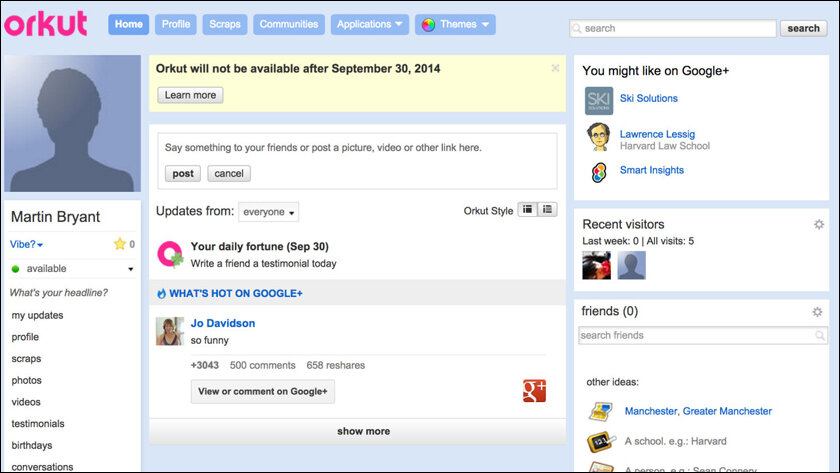
Yet, like a party trick that wowed a couple of specific corners but failed to hit the global stage, Orkut found its true fan base in places like India and Brazil. The rest of the world seemed to have different dance partners, with YouTube and Google+ stealing the limelight from Orkut’s two-step. In 2014, Google, deciding it was time for Orkut to take a well-deserved virtual siesta, hit the shut-down switch, leaving behind memories of the friendliest online hangout that just never quite made it to the international social stardom.
2. FriendFeed
Back in 2007, if you were on the hunt for a real-time content carnival that could magically pull in videos, photos, news, music, and the whole shebang from various corners of the internet, you’d have sent a virtual bouquet to FriendFeed. This platform was the ultimate jack-of-all-trades, serving as a one-stop emporium for anything and everything happening in the vast online universe, neatly packaged into one continuous feed of all your favorite cyber-spots.
Facebook must have felt a bit of FOMO (Fear of Missing Out) because in 2009, they swooped in and snagged FriendFeed for a cool $50 million, a combination of $15 million in cash and approximately $32.5 million in Facebook stock. It was the tech version of a power move.

Alas, the FriendFeed fiesta didn’t last forever. In 2015, Facebook decided it was time to roll up the digital red carpet, citing a decline in the platform’s popularity. So, FriendFeed took its final bow, leaving behind memories of the ultimate content amalgamation experiment that danced its way into our digital hearts.
3. Ping
In the grand tech spectacle of 2010, Apple’s maestro, Steve Jobs, unveiled Ping, dubbing it the lovechild of “Facebook and Twitter meet iTunes.” Ping was Apple’s venture into the social networking cosmos, a feature nestled within iTunes that let users play the social symphony-adding friends, tracking their favorite artists, and scouting local concerts. According to the HubSpot report, it was the ultimate backstage pass to the musical world.
Yet, the plot took a sudden twist, and by 2012, Ping was yanked from the stage. The original plan was to have Ping dance cheek-to-cheek with Facebook, allowing users to effortlessly sync up with friends and artists they already followed. However, tech partnerships can be as unpredictable as a game of musical chairs, and the collaboration fell through. Suddenly, Ping enthusiasts found themselves staring at a blank canvas, wondering where to direct their social networking ambitions.

In the grand finale, Apple replaced Ping with a snazzier integration featuring Facebook and Twitter, offering a seamless symphony for music sharing. So, while Ping may have taken a bow earlier than expected, Apple orchestrated a comeback that kept the social harmony alive in the world of digital melodies.
4. Open Diary
Back in the blogging Stone Age of 1997, Open Diary emerged as a pioneer, setting the stage for modern blog features we now take for granted, such as the all-mighty comments section. It was the digital canvas where users could paint their thoughts and experiences.
However, the once-thriving Open Diary narrative took a dark turn in 2014. Two major security breaches and a plummet in subscription revenue played the role of villains in this tech tragedy. To mend the digital fences, the Open Diary team played the subscription card, offering pricier paid options to recover from the financial bruises. Alas, instead of applause, this move received a digital slow clap as users, not willing to break the bank, bid farewell to Open Diary.

The exodus of users found solace in the welcoming arms of free alternative blogging sites like Xanga and LiveJournal, leaving Open Diary to close its virtual doors. And thus, a once-prominent online sanctuary for thoughts and musings took its final bow, reminding us all that in the digital realm, security breaches and financial hiccups can swiftly silence even the most eloquent of online diaries.
5. Google+
Ah, Google+, the social network that aimed to be the party hub for all Google aficionados, uniting users under one virtual roof to showcase their Google-centric escapades. Launched with much fanfare in 2011, it promised to be the ultimate gathering spot for all actions carried out across the vast spectrum of Google platforms and services.
Yet, in a digital plot twist, the Google+ developer API took an early retirement in March 2019, signaling a change in the winds. The grand finale came in April 2019 when Google+ shuttered its doors for both business and personal revelry. The culprit? Lackluster user engagement.
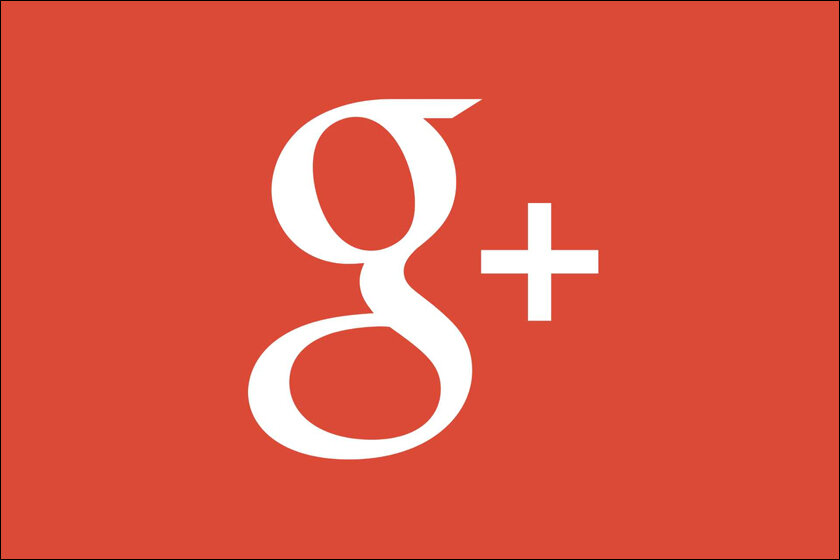
So, Google+ bid its farewell, leaving behind memories of attempted social media glory and a lesson for all digital dreamers-sometimes, even in the tech realm, not every gathering becomes the party of the century.
6. Friendster
Ah, the OG of social networks, Friendster, emerged on the scene in 2002, pioneering the art of profile creation and content sharing among users. It wasn’t just a digital hangout; it was the go-to spot for discovering local events, staying in the loop with pop culture, and even hobnobbing with brands. Friendster was where the social spark first ignited.
However, in the dynamic world of the internet, transformations are inevitable. In 2011, Friendster underwent a metamorphosis, shedding its social network skin to embrace the realm of social gaming. But alas, the digital dice were cast, and Friendster took its final bow in 2015.
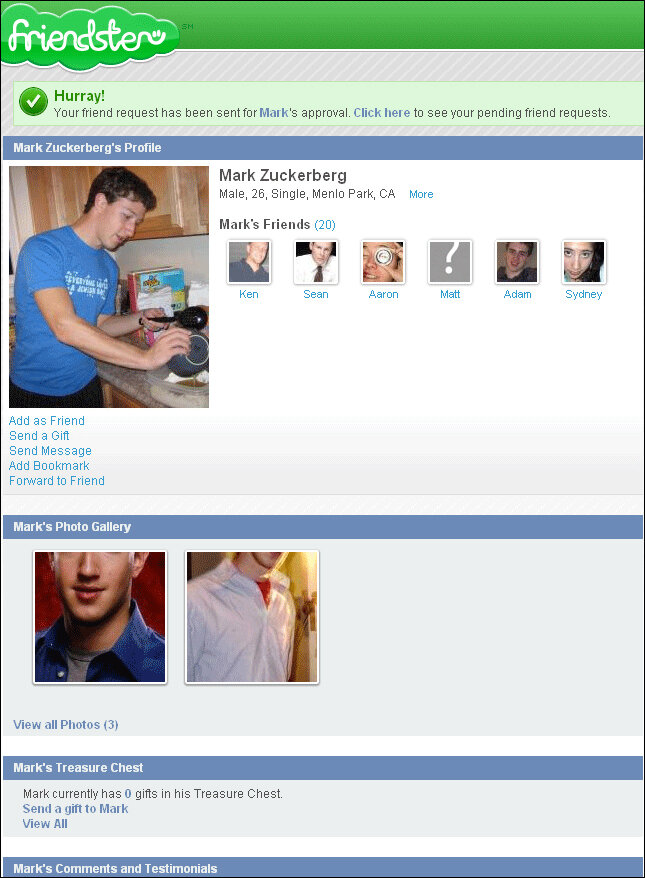
The grand finale? A deal struck in the tech cosmos as Mark Zuckerberg, the maestro behind Facebook, scooped up Friendster’s suite of social networking patents for a cool $40 million. And just like that, Friendster’s digital legacy found its epilogue, reminding us all that even pioneers must eventually pass the torch in the ever-evolving world of cyberspace.
7. Yahoo! 360°
Ah, the lesser-known chapter in the Yahoo! saga-Yahoo! 360°, a social network that briefly danced into the spotlight. Launched in June 2005 with the exclusivity of an invite-only VIP club, it was Yahoo!’s attempt at joining the social media shindig. Users could craft blog posts, share family photos, and even engage in some classic Yahoo! Messenger banter, all under one virtual roof.
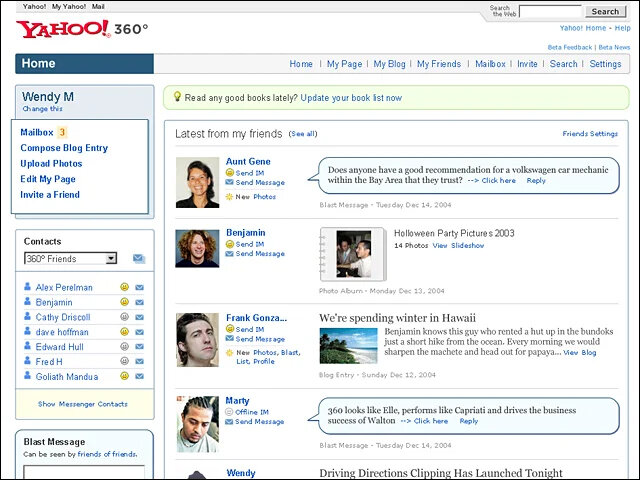
However, the winds of change are fickle in the digital realm. As the user base dwindled and the lack of technical support and resources loomed large, Yahoo! made the executive decision to pull the plug. In 2009, Yahoo! 360° took its final bow in the U.S., and in 2013, it bid adieu to the Vietnamese digital landscape. And just like that, Yahoo! 360° became a footnote in the vast annals of online history, a reminder that even internet giants have their moments in the social media sun and sometimes gracefully bow out when the spotlight fades.
8. Vine
Ah, the golden age of looping hilarity! Vine burst onto the scene in 2013, captivating audiences with its bite-sized six-second videos that looped endlessly. A digital playground where users became mini directors, crafting their own content, following friends and trendy creators, and diving into the abyss of trending videos. From 2013 to 2016, Vine held the social media crown, birthing timeless gems that continue to sparkle in pop culture and memes.

Yet, in the fast-paced world of social media, even the most vibrant stars sometimes dim. The curtain fell on Vine in October 2016, its demise attributed to an inability to keep pace with the ever-growing competition in the video realm, particularly from the likes of Instagram. Though Vine may have left the stage, its legacy lives on in the hearts of those who remember the glory days of six-second masterpieces, forever etched in the annals of internet history.
9. Omegle
In a digital finale on November 9, 2023, the virtual curtains closed on Omegle, the online chat platform that had entertained users for a remarkable 14-year stretch. Born into the online realm in 2009, Omegle carved its niche as a free service specializing in the whimsy of randomly pairing users for anonymous one-on-one conversations.
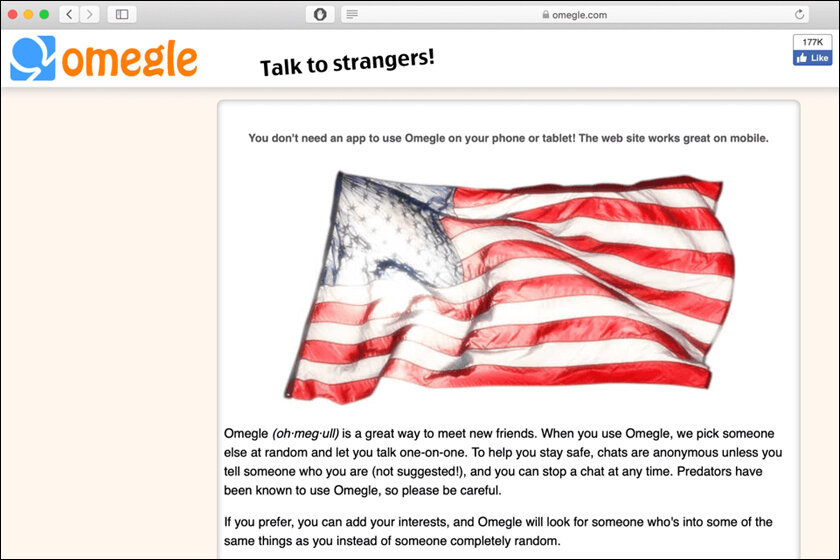
The maestro behind this digital symphony, Omegle’s founder Leif K-Brooks, revealed that the stage lights dimmed due to the hefty costs associated with managing the platform and the ongoing challenges of addressing potential misuse. And so, with a final digital sigh, Omegle signed off, leaving behind a legacy of spontaneous conversations and anonymous encounters in the vast landscape of the internet.
10. Yik Yak
Ah, the fleeting days of Yik Yak, the social media whisperer that made its debut in 2013. This unique messaging app allowed users to throw words into the digital ether anonymously, creating a local bubble where messages from others within a five-mile radius floated into view. It was the epitome of hyper-local chatter. Much like Reddit, users could cast their digital votes for their favorite messages, propelling the most popular ones to the lofty heights of the app’s social stage. This made Yik Yak a buzzing hive of activity, particularly on college campuses, where it became the go-to spot for spontaneous connections and conversations.
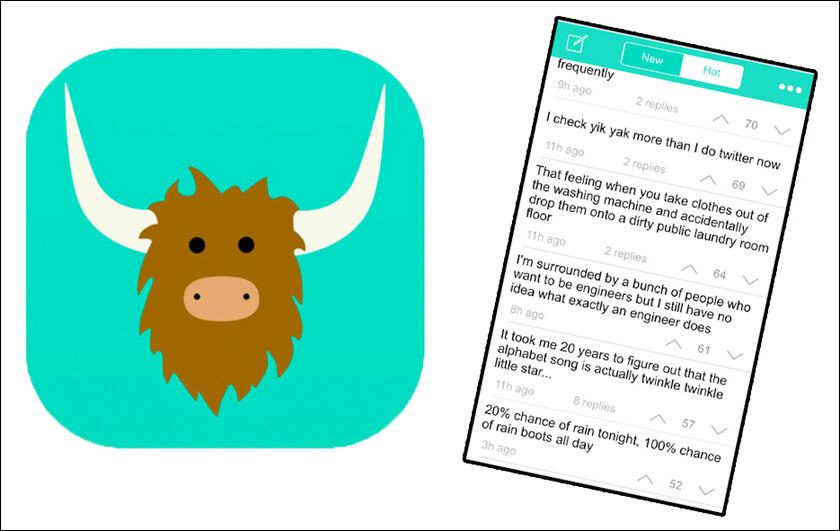
However, as the digital clock ticked, Yik Yak’s popularity waned within two short years of its grand entrance. In 2017, the app officially closed its digital doors. But fear not, for there’s a twist in this tech tale. Yik Yak found a second act in the form of an acquisition by Square, Inc. (now Block, Inc.) for a cool $1 million. The deal was sealed not for the app’s continued existence but for its intellectual properties and the brilliant minds behind its engineering magic. And so, Yik Yak’s story evolved from a farewell to a reincarnation, reminding us that in the world of tech, even the quietest whispers can echo through the corridors of innovation.
In the ever-shifting landscape of digital innovation, these ten apps embarked on unique journeys, each meeting its own finale. From the rise and fall of social networks to the quiet closure of messaging platforms, their stories remind us that in the fast-paced realm of tech, every digital chapter has its own tale to tell, leaving behind echoes of innovation and lessons for the ever-evolving digital future.
Leave your favorite app in the comments.
In case you missed:
- Next Steps for the Fintech Revolution in India?
- Preventive Medicine in the Digital Age
- Cloud Banking with Public, Private, Hybrid clouds and more
- Innovative Careers Shaping the Future: A Glimpse into Tech, Sustainability, and Cybersecurity
- Transforming India’s Organic Food Landscape: A Tech-Infused Revolution
- Data Analysis Types: Definition and Application
- Unlocking Convenience: Google Maps’ Glanceable Directions Revolutionizes Navigation
- Dropshipping – The Technology, Difference Between Retail and Top Dropshippers
- The Role of AI in Driving Digital Transformation
- Pinball – The March of Left and Right










1 Comment
Good blog you have here.. It’s difficult to find high-quality writing like yours nowadays.
I seriously appreciate people like you! Take care!!